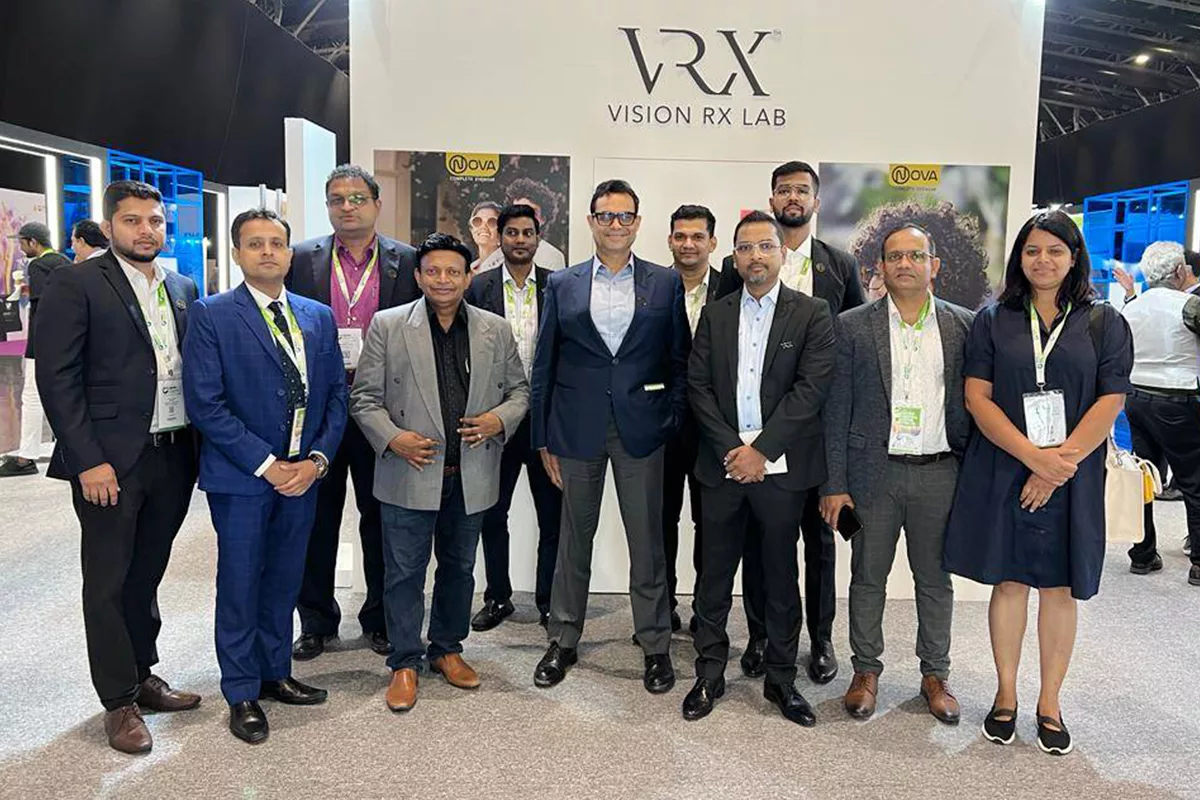In part 2 of a two-part series on the science of selling, we elaborate on the role logistics, infrastructure and trade and marketing play in enriching a customer’s in-store experience
In part 1, we had focused on three of the six principles that comprise the science of selling, namely shop layout and design, furniture and customer service. In this article, we will focus on the last three principles and elucidate how these help in increasing customer satisfaction, and improving sales.
Logistics
The understanding of logistics in retail management is the key to business expansion and customer satisfaction. What do we understand by logistics? For that, we need to do a quick flashback.
There was a time when retailers were the passive receivers of products sent by the manufacturers. Replenishments also happened as per the manufacturer’s desire. The scenario is vastly different now. Today, the retailers know the consumer demand so well, based on their own research, therefore they are the controllers of the product supply chain.
But just being in charge does not help. Supply chains are wider than a single organisation and have several businesses integrated into it. Logistics are the functional areas within the supply chain that connect product supply and availability. The better the planning of the logistics, the more efficient is the supply chain and thus, better business.
Logistics comprise of four things: transportation, warehousing, inventory and material management. And to bind it together a super-efficient IT-based communication system. Getting the right product at the right time, in the right place and with the right information are the basics of foolproof logistics management and lead to happy customers.
Infrastructure
Infrastructure management is another key issue that needs attention for a better customer-store interface programme. Across the world, retailers are continuously thinking up of ways and means to increase customer base and enhance customer experience. For instance, the retailer may have a swanky store, great display, super service et al, but when he goes to the pay counter and offers his credit card, the cashier takes an illogically long time to process the payment. The whole pleasant experience becomes null and void as customer irritation with a slow system overshadows his pleasure. Similarly, if he is trying to access the store online and finds that it is not updated with the latest products or if there are wrong pictures or if the payment gateway is non-functional, then his dissatisfaction mounts and it could have a direct effect on the store.
Infrastructure refers to the integrated management of the IT environment of the store – from hardware, software and network resources, to the services required for the existence, operation and management of the IT environment. It is no wonder that reading material like Infrastructure Will Drive The Retail Store Experience Of The Future by JP Gownder and Michele Pelino, flies off the shelves so fast.
Trade And Marketing
Trade and marketing support the building of a brand to eventually increase its demand and effectively make the wheels churn a bit faster for the manufacturers, distributors and retailers. Marketing is not just between the consumer and retailer, but also includes in-trade marketing, where offers, deals, discounts and freebies are offered to those in the trade to facilitate better relationship within, so that the results are reflected in the sales figures. It also means that a brand bondage is created between the three segments and together they push towards creating a scenario that will boost sales.
Conclusion
These six principles, in a nutshell, are the new learnings of retail marketing. Retailing is not just about buying and selling in a pleasant atmosphere. It’s more like a science form, where every added component has been tried and tested before its application. The more trained the store owner is, better are his sales. As one retail guru puts it, “Today’s retailer must be creative as a merchandiser, negotiate like a buyer and deliver viable solutions like a seasoned technologist.”

Nitin Khuthia, Proprietor, Excellent Infotech On Software For The Optical Industry
On the Cloud and its popularity in the optical industry.
Cloud computing is ideal for those who need a facility, but do not have the resources to own it. However, businesses have not taken to cloud computing on a big scale because of concerns over data security. Also, opting for a Cloud app, even at a cheaper cost, does not make sense if power and Internet are not available at a shop or if the Internet speed is slow.
Cloud applications will certainly become mainstream in the near future for those who can afford to have their own private Cloud that is not very costly. Lens and frame importers and traders and chain store operators in retail businesses will certainly gain from Cloud applications. Hence, companies creating apps for the optical industry will sooner or later develop a related app.
On the optical industry and how it’s different from others in terms of designing of software.
The inventory complications in the optical industry may even surpass those of the automobile industry that is believed to have the maximum SKUs (Stock Keeping Unit) involved in making a car or a truck. Hence, the traditional way of managing inventory is not practical for the optical industry. It needs its own dynamic mechanism for managing it. This needs special attention from app developers. They need to create an app that does the task of managing a business operated by semi-skilled or at times almost unskilled operators.
On importance of having a CRM built into software designed for the optical industry.
A CRM is becoming a must for all businesses as maintaining a personal relation with customers is key to retaining and expanding the existing customer base. A CRM will always be a small part of almost all apps. However, many apps that include a CRM are not designed keeping in mind the needs of the optical industry. Such apps have a CRM where some features required for the optical trade are added. The need of the hour is to design apps with CRM that are tailor-made for the optical industry.
On Excellent Infotech products and their USP.
The applications we develop for the optical industry may be grouped in 4 distinct categories according to importance and compulsion of usage.
First is Lab software which facilitates tasks such as recording a prescription order to selecting the right semi-finished lens to managing labs. It also helps manage processes such as planning delivery, raising an invoice with all statutory tax calculation and managing exact inventory. This is almost impossible to manage manually by a professional lab.
Next is the Lens Importers/Traders software. This helps manage inventory carefully to prevent losses due to deterioration of materials. Managing receivables is also equally crucial. Hence, beyond a certain turnover, it is must to have software. Our Frame Manufacturers, Importers and Traders software is useful for those whose business spans multiple regions. Retail Business software is ideal for those who own a family business and operate within a small space and budget.












